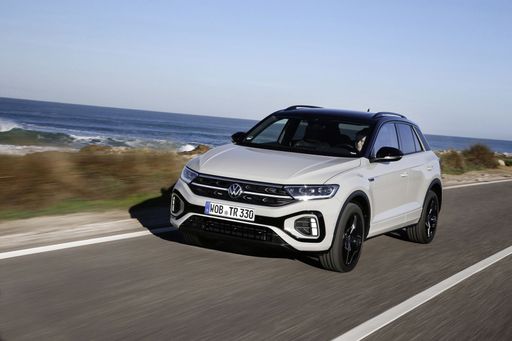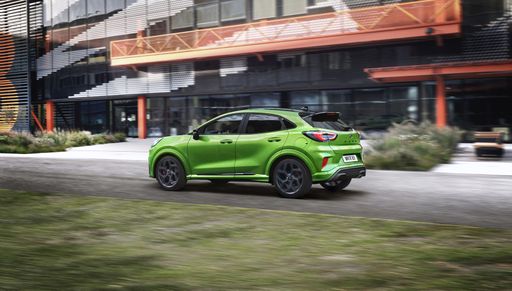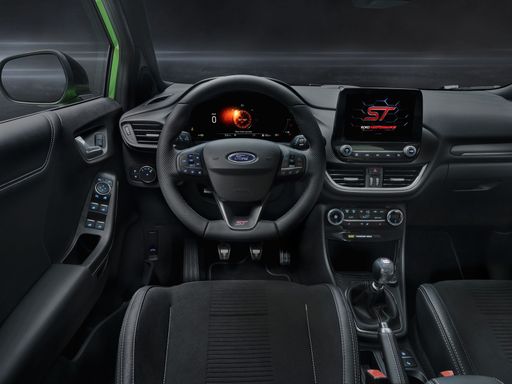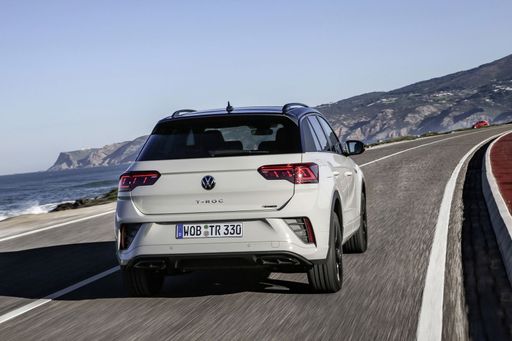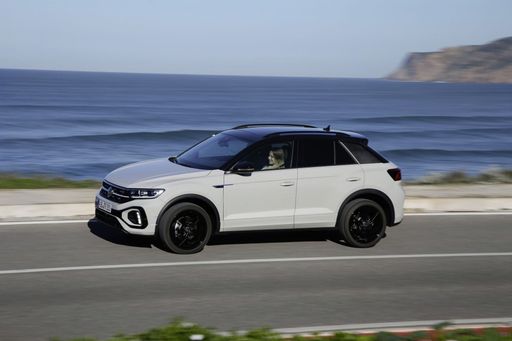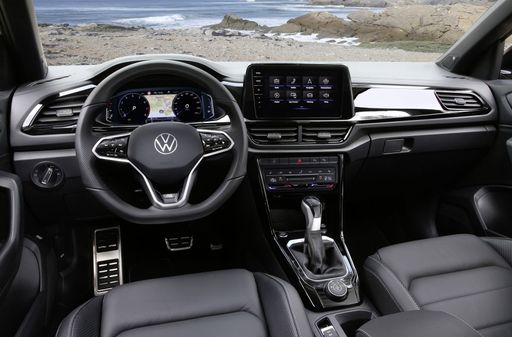Dynamic Duo: Comparing the Ford Puma and VW T-Roc
The automotive world is witnessing an intense showdown between two compact SUVs: the Ford Puma and the VW T-Roc. These vehicles, bold in their presence and performance, cater to an audience looking for efficient, versatile, and technologically advanced driving experiences. In this article, we'll delve into the technical aspects and innovations of these two popular models.

